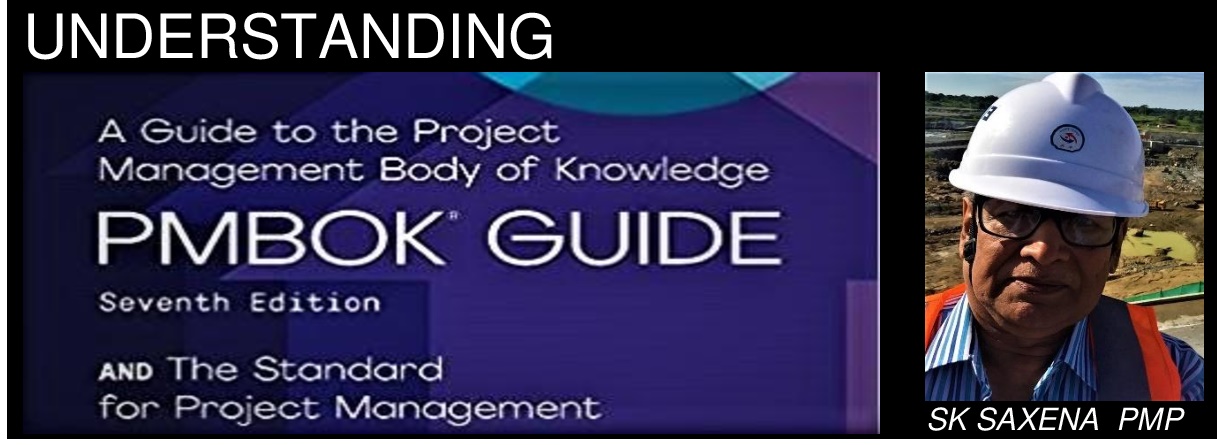Understanding PMBOK Guide 7th Edition 74
The seventh edition provides a high-level principal-based guidance to the project-team ( without any changes to 6th edition guide) by inculcating the team behaviour, to manage the project, and have value added outcomes of the project. And this guidance is valid for all the project management approaches discussed in 6th edition of PMBOK Guide and other approaches

